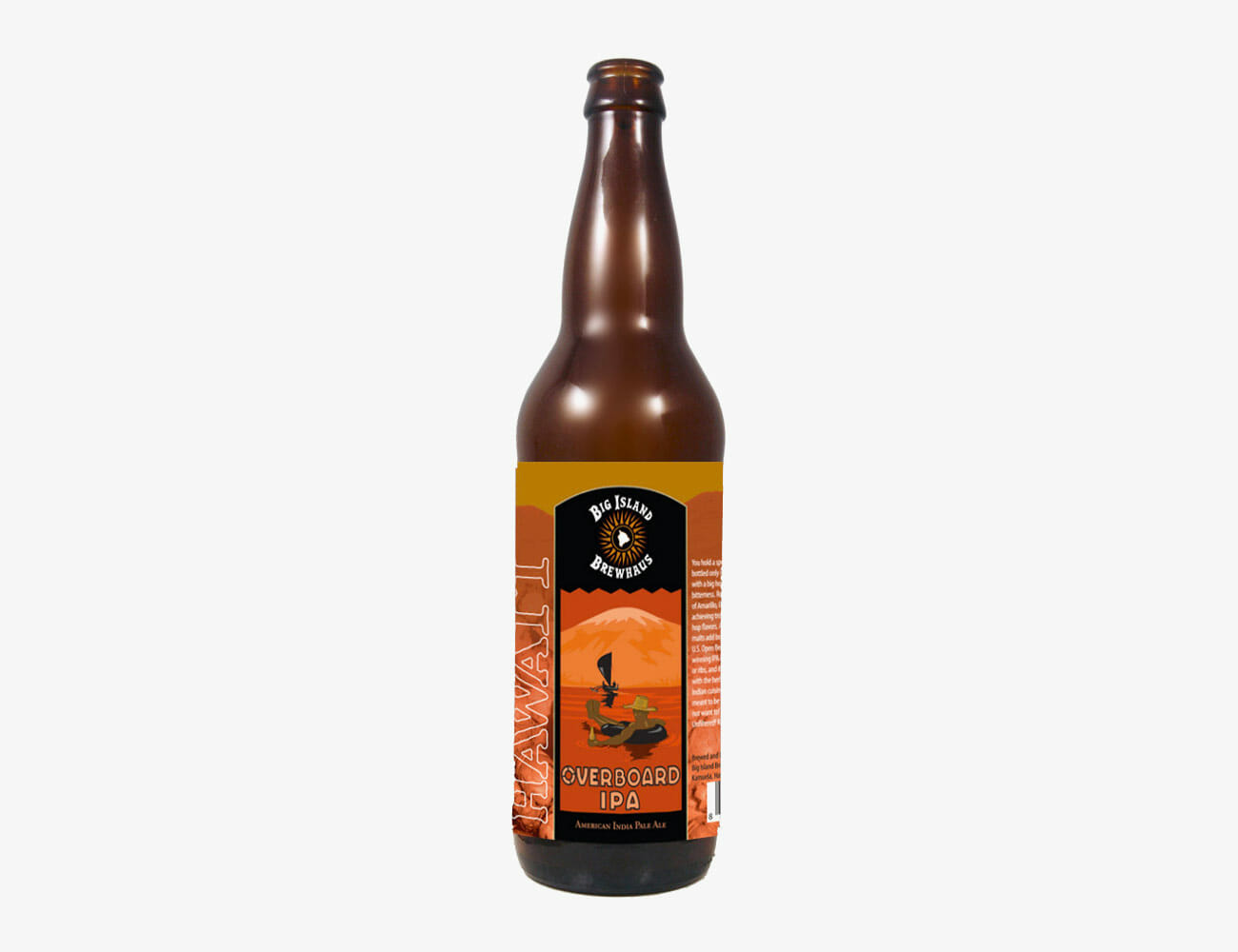Last year, Pappy Van Winkle released 710 bottles of Pappy 25, the label’s oldest expression to date. Suggested retail price was $1,800, but liquor stores sold it for eight times that. Rarity and selling price certainly go hand in hand, but it’s the unprecedented age statement of Pappy 25 that cranked its value sky high. The Pappy 25 yield stemmed from 11 barrels first distilled in 1989. Of course, 11 barrels isn’t much in the grand scheme of things. But barrels take up space, and space costs money, and more time spent aging means more liquid lost to angel’s share.
As demand for whiskey increases worldwide, producers are finding it difficult to justify holding on to barrels long enough to make age a selling point. Consequently, no-age-statement (NAS) whiskies are on the rise. “If a distillery chooses not to list an age then it is most likely bottled at an age under ten years,” says Jonathan Goldstein of New York’s Park Avenue Liquor Shop. Confounding age with quality, most consumers are often unwilling to invest in whiskies with single-digit age statements.
“NAS products are very important to whiskey producers,” Goldstein adds. “The market for brown goods with any sort of age statement has been booming for several years, and demand has stripped supply. Distillers are playing catch-up.” Production has increased, but it will still be years before the contents of those barrels funnel into bottles and make their way onto shelves. In the meantime, Goldstein says, distilleries are maintaining a steady output by releasing young, blended expressions — which lack age statements — under colorful names, like Talisker Storm.
The perceived relationship between age and quality is further muddled by regional climate. While Scotch whiskies can stay in a barrel for 20+ years and remain balanced, Bourbon tends to peak after just over a decade. Warmer climates accelerate maturation: a whiskey aged a year in Bourbon County shares the same chemical compounds as a whiskey aged two or three years in Scotland. Look to a subtropical climate, and the rate of maturation increases fourfold. Some of today’s most exciting and most decorated whiskies, then, are being made in areas not traditionally known for making spirits of quality.
In 2006, Kavalan, located in western Taiwan, became the country’s first whiskey distillery when it funneled new make into American oak barrels. Its first bottles were released just two years later, though it wasn’t until 2010 that hype began to build, when Kavalan beat out long-aged legacy Scotches at a Burns Night blind tasting. In 2012, Kavalan’s Solist Fino Sherry Cask expression was named New Whisky of the Year by Jim Murray. Three years later, the distillery’s Vinho Barrique was crowned the world’s best single malt at the World Whiskies Awards, and in the following year, its Solist Amontillado Sherry Single Cask Strength won World’s Best Single Cask Single Malt. None of Kavalan’s award-winning whiskies listed an age statement, and simple math reveals that none were more than a decade old.
While local climate is Kavalan’s greatest advantage, it’s also its most significant hurdle. Taiwan is, on average, 27 degrees Fahrenheit warmer than Scotland, and significantly more humid. The warmer temperatures enable better extraction of wood flavors and tannins, while cooler air from Siberia flows in during the winter months to contract barrel staves, improving oxidation and overall flavor. “Because of this, our aging process works on a different track to the traditional system,” explains Kavalan Master Blender Ian Chang. “That’s why we call it ‘Maturation Redefined.’”

By aging whiskey in an environment nearly 30 degrees warmer than Scotland, Kavalan can accelerate the aging process. (Photo: Emily Singer)
According to Chang, a year in Taiwan is equivalent to four or five in Scotland, or about two in the Southern U.S. But the accelerated aging that makes Kavalan so singular will also amplify any flaws. Kavalan worked with renowned spirits specialist Dr. Jim Swan to craft the distillery’s new make, structure its warehouse and refine its aging processes in order to yield the best possible whiskey given the atypical climate.
Less tannic American oak barrels are used to impart a gentler, more balanced flavor. Barrels are organized by size in Kavalan’s five-story warehouse. Larger barrels, for example, sit on the top floor, which is significantly hotter, to balance out what would otherwise be a slower aging process due to a surface-area-to-liquid ratio. While more time spent in barrels yields a more mature whiskey, it also results in a massive angel’s share; whereas Scotch producers lose around three percent annually, Taiwan’s humidity sucks up 10 to 12 percent of a barrel’s contents.
Most Kavalan whiskies are aged four to five years. Examined under a microscope, its wood compounds are on par with a Scotch whiskey more than thrice as old. “Age statements mean something if you’re comparing oranges with oranges,” Chang says, alluding to Taiwanese whiskey’s outlier status. “At Kavalan, we don’t look at the age of a whisky; we bottle and blend our whisky when it reaches the right quality.”
Paul John, whose limited-release Kanya expression was named Asian Whisky of the Year by Jim Murray, has been producing award-winning single malt whiskies in Goa, India, since 2012. Situated in a subtropical climate similar to that of Taiwan, Paul John eschews age statements, though all of its expressions are aged a minimum of six years, with limited editions and its Select Cask series maturing for upwards of eight. It trails behind Amrut as India’s second-largest distillery, but is no less coveted.
The perceived relationship between age and quality is further muddled by regional climate.
Paul John has structured its warehouses at varying altitudes — one aboveground, one below — to put a check on accelerated maturation and find balance amid a harsher climate. Even still, it posts a 6–8 percent annual loss to angel’s share. Like Chang at Kavalan, Master Distiller Michael D’Souza frequently tastes Paul John’s whiskies to avoid over-extraction. “Goa being a tropical and sunny state, maturation happens here at a far faster rate than in most countries that have colder climates,” says D’Souza. “Maturation is all about interaction, extraction and evaporation, and at the end of the day, whiskey needs balanced flavors. Paul John expressions are bottled only when they reach their optimum.”
Other distillers are going so far as to seek out particular conditions for experimental aging. In 2012, Jefferson’s Bourbon — a brand based in Louisville, Kentucky — released Ocean, a sea-aged expression seeking to recreate 18th-century bourbon. “We’re going back to how bourbon was initially aged,” Jefferson’s Bourbon founder Trey Zoeller told NPR. “The color and flavor came from the rocking on the water. Bourbon was loaded onto ships in Kentucky, and by the time it traveled to the people buying it [down the Mississippi, or up to ports along the East Coast], the flavor improved.”
Jefferson’s Ocean forgoes an age statement because, much like Kavalan and Paul John, maturation is shaped more by specific environmental conditions than length of time spent in a barrel. The first Ocean release was purely experimental; five new-fill barrels were placed on a boat for three and a half years. According to Zoeller, the resultant whiskey was darker than a 30-year Bourbon.

Distilleries are going to increasingly great lengths to hasten the aging process. Jefferson’s Bourbon aged 62 barrels of whiskey on a container ship. (Photo: Jefferson’s Bourbon)
For the second round, Zoeller started with seven- and eight-year Bourbons aged in Kentucky and placed them on a boat for eight months — hitting 30 ports on five continents and crossing the equator four times. “[Anything older than that] would mask the flavors that are uniquely acquired during the process of ocean aging — the constant contact of the wood due to the sloshing of Bourbon, the salt air penetrating the barrels and the heat caramelizing the sugars in the wood,” he explained. The resultant whiskey is unlike any other bottle on the market, marked by caramel and burnt popcorn notes reminiscent of rum, and with an Islay brininess.
With NAS whiskies becoming more commonplace, distillers are no longer bound to tradition. New and unexpected regions are emerging as innovators, employing climate as an active ingredient. It’s not a destruction of tradition, but rather a progression of the craft and a broadening of horizons.
Best Bottles of Whiskey Under $40
You can’t always slap down hundreds of dollars on a quality hooch. And truth be told, you don’t have to. Read the Story




